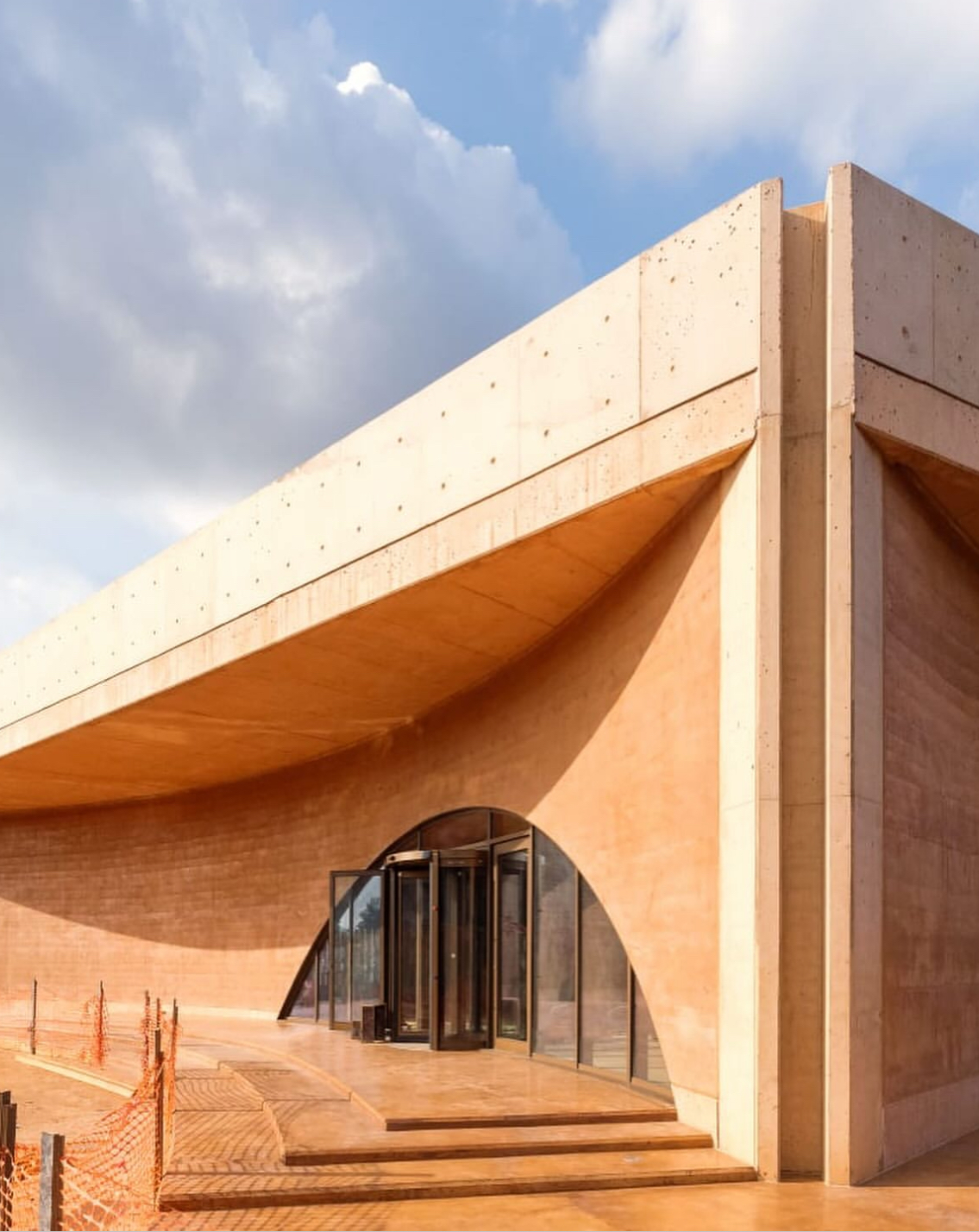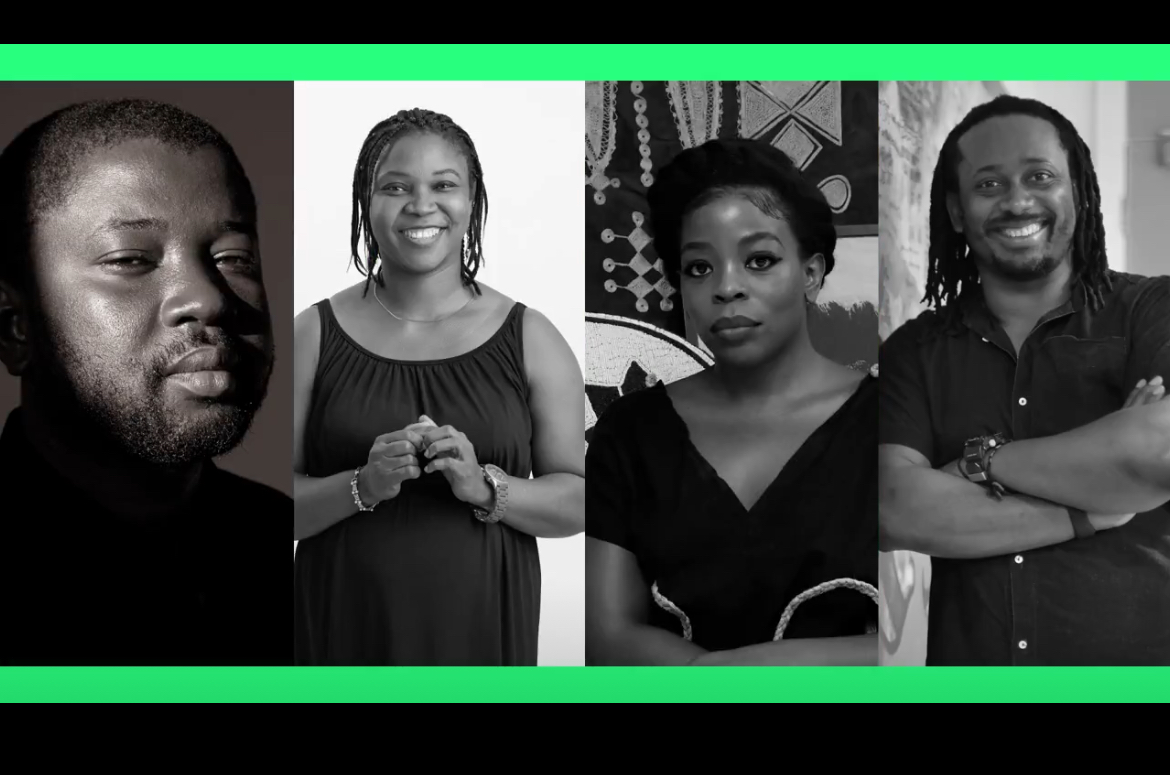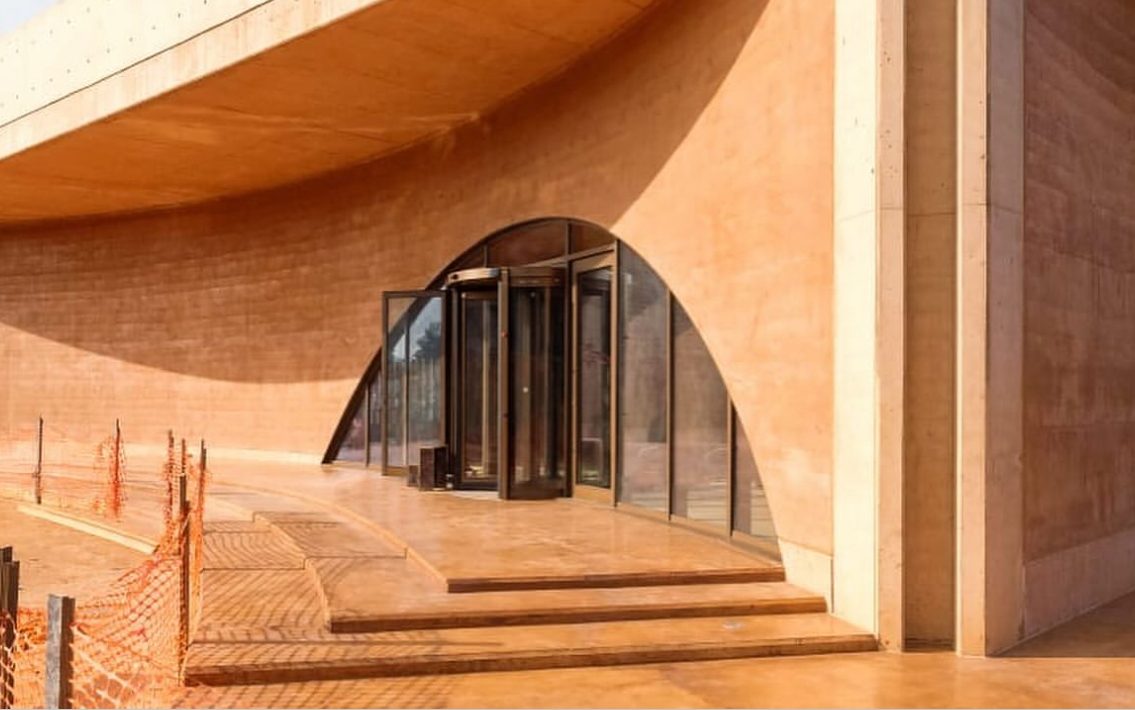In the two days leading up to the public opening, MOWAA will host preview events featuring guided city tours, workshops, and an introduction to Nigerian art and cultural history, as well as a full programme announcement extending to February 2026.
By Abioye Damilare Samson
The long-awaited Museum of West African Art (MOWAA) in Benin City, Nigeria, will welcome visitors for the first time this November, unveiling key sections of its 15-acre cultural campus while construction continues toward a 2028 completion date.
First announced in 2020, MOWAA’s ambitious master plan includes the MOWAA Institute for Research and Education, the Rainforest Gallery exhibition space, an Art Guesthouse, Artist Studios, an Artisans’ Hall for performance, and 48,000 square feet dedicated to conservation, restoration, and archaeological research.

Opening festivities will centre on “Nigeria Imaginary Homecoming”, an exhibition curated by Aindrea Emelife and adapted from her Nigerian pavilion at the recent Venice Biennale. Alongside the original roster of artists, the show will feature four new names — Kelani Abass, Modupeola Fadugba, Ngozi‑Omeje Ezema and Isaac Emokpae — and will run across multiple buildings until 26 April 2026.
In the two days leading up to the public opening, MOWAA will host preview events featuring guided city tours, workshops, and an introduction to Nigerian art and cultural history, as well as a full programme announcement extending to February 2026.

While speaking about the museum’s upcoming public opening, Ore Disu, director of MOWAA, said, “What’s important for us at MOWAA is to be truly embedded in building contextually relevant practices, regenerating African cities and scholarship, and using art as a catalyst for real impact. We started this work five years ago at our inception, and we are proud to continue to show that Africa can provide new ways of thinking and doing as we open our doors this November”.
The November launch marks a significant milestone in the creation of the MOWAA Campus, positioning Benin City as a new hub for West African art, scholarship and cultural exchange.



